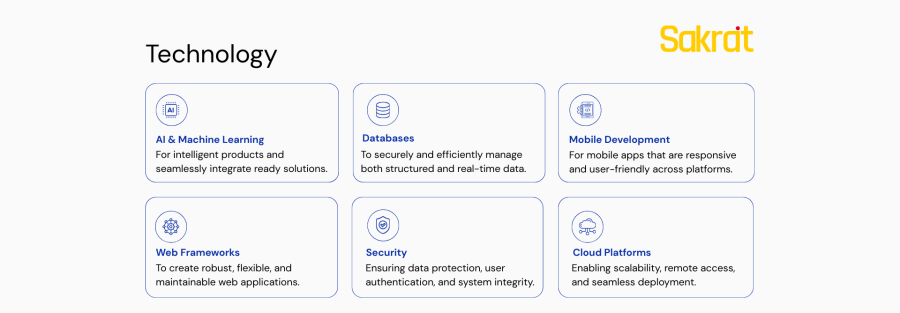The Startup’s Guide to Global Expansion: Key Strategies for Entering North American & European Markets
For an ambitious startup, domestic success is just the beginning. The true test of a scalable business lies in its ability to cross borders and thrive on the global stage. North America and Europe, with their massive consumer bases and significant purchasing power, represent the ultimate prize. However, these markets are also among the most competitive and complex to enter.
Expanding early can provide a powerful competitive advantage, unlocking new revenue streams, accelerating growth, and establishing your brand in key regions before competitors get there. But a premature or poorly planned leap can drain resources and jeopardize your core business. This guide provides a strategic framework for startups aiming to successfully navigate the transatlantic expansion journey in 2026 and beyond.
Phase 1: The Pre-Expansion Health Check
Before you even begin analyzing international markets, you must look inward. A successful expansion is built on a stable foundation.
- Conduct a Financial Wellness Check: The most critical first step is to analyze your company’s financial health. Global expansion is expensive. You need to ensure you have the capital to cover market research, legal fees, and hiring without putting your existing operations at financial risk.
- Validate Your Product-Market Fit (Again): Success in your home country does not guarantee success abroad. You must conduct thorough market research to validate demand for your product or service in the target region. This involves:
- Understanding the Customer: Analyze local customer preferences, cultural norms, and buying behaviors.
- Analyzing the Competition: Identify market gaps and opportunities by studying local competitors.
- Engaging Local Experts: Establish relationships with local advisors and industry peers who can provide invaluable insights and help you avoid common pitfalls.
- Understanding the Customer: Analyze local customer preferences, cultural norms, and buying behaviors.
Phase 2: Choosing Your Market Entry Strategy
Once you’ve done your homework, you need to decide how you will enter the new market. There is no one-size-fits-all answer; the right model depends on your budget, risk tolerance, and long-term goals.
- The Lean Approach: Contractors & Employer of Record (EOR)
This is the fastest and most flexible way to test a new market. Hiring local contractors allows you to tap into the talent pool without the immediate burden of setting up a legal entity. To hire full-time employees without establishing a subsidiary, using an Employer of Record (EOR) is a game-changing strategy. An EOR handles all local HR complexities, from payroll and benefits to compliance, allowing you to manage your team directly while outsourcing the administrative burden. - The Partnership Model: Strategic Alliances & Resellers
Forming partnerships with established local players can dramatically accelerate your market entry. By leveraging a partner’s brand, network, and customer base, you reduce your upfront investment and risk. However, this model means sharing revenue and a degree of control, so it’s crucial to vet partners carefully to ensure their vision and values align with yours. - The Direct Investment Model: Forming a Foreign Subsidiary
This is the most resource-intensive option, but it offers the greatest control. Establishing a legal entity in the target country gives you full command over your brand, operations, and intellectual property. This path is typically for well-funded startups that have already validated the market and are ready for a long-term commitment.
Phase 3: Navigating the Unique Landscapes
North America and Europe are not monolithic markets. Each has a distinct character and requires a tailored approach.
Entering North America (Primarily the U.S.)
The U.S. offers the allure of a large, relatively uniform market but is a complex web of state-by-state regulations.
- Target Key Hubs: Don’t just target “the US.” Focus on specific, dynamic tech hubs. Austin, Texas, for example, is projected to have economic growth of 4.7% in 2026 and boasts a robust tech ecosystem, a business-friendly (no state income tax) environment, and a strong talent pipeline.
- Understand the Legal & Tax Landscape: Each state has its own employment laws, tax codes, and regulatory requirements. Navigating this is critical for compliance.
- Embrace the Culture: The business culture is generally fast-paced and competitive. A strong value proposition and a decisive go-to-market strategy are essential.
Entering Europe
Europe presents a paradox: it’s a unified economic bloc but remains a fragmented collection of diverse cultures, languages, and national regulations.
- Leverage EU Initiatives: The European Commission’s “Startup and Scaleup Strategy” aims to make Europe a more cohesive and attractive place for startups by simplifying regulations and improving access to funding. Stay informed about these initiatives.
- Prioritize Data Privacy (GDPR): Compliance with the General Data Protection Regulation (GDPR) is non-negotiable. A deep understanding of its requirements is essential from day one.
- Think Local, Act Regional: You aren’t entering “Europe”; you are entering Germany, France, or Spain. Your strategy must be localized for each country. However, once established in one EU country, it becomes easier to expand to others. Vibrant tech ecosystems in cities like London, Berlin, and Stockholm serve as excellent landing pads.
The Final Word: Play the Long Game
Global expansion is a marathon, not a sprint. It requires patience, adaptability, and a deep respect for local cultures and regulations. By starting with a solid financial and strategic foundation, choosing the right entry model, and tailoring your approach to the unique characteristics of each market, your startup can successfully make the leap and build a truly global brand.


